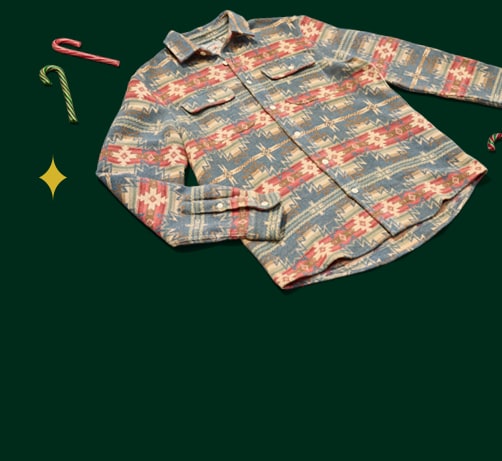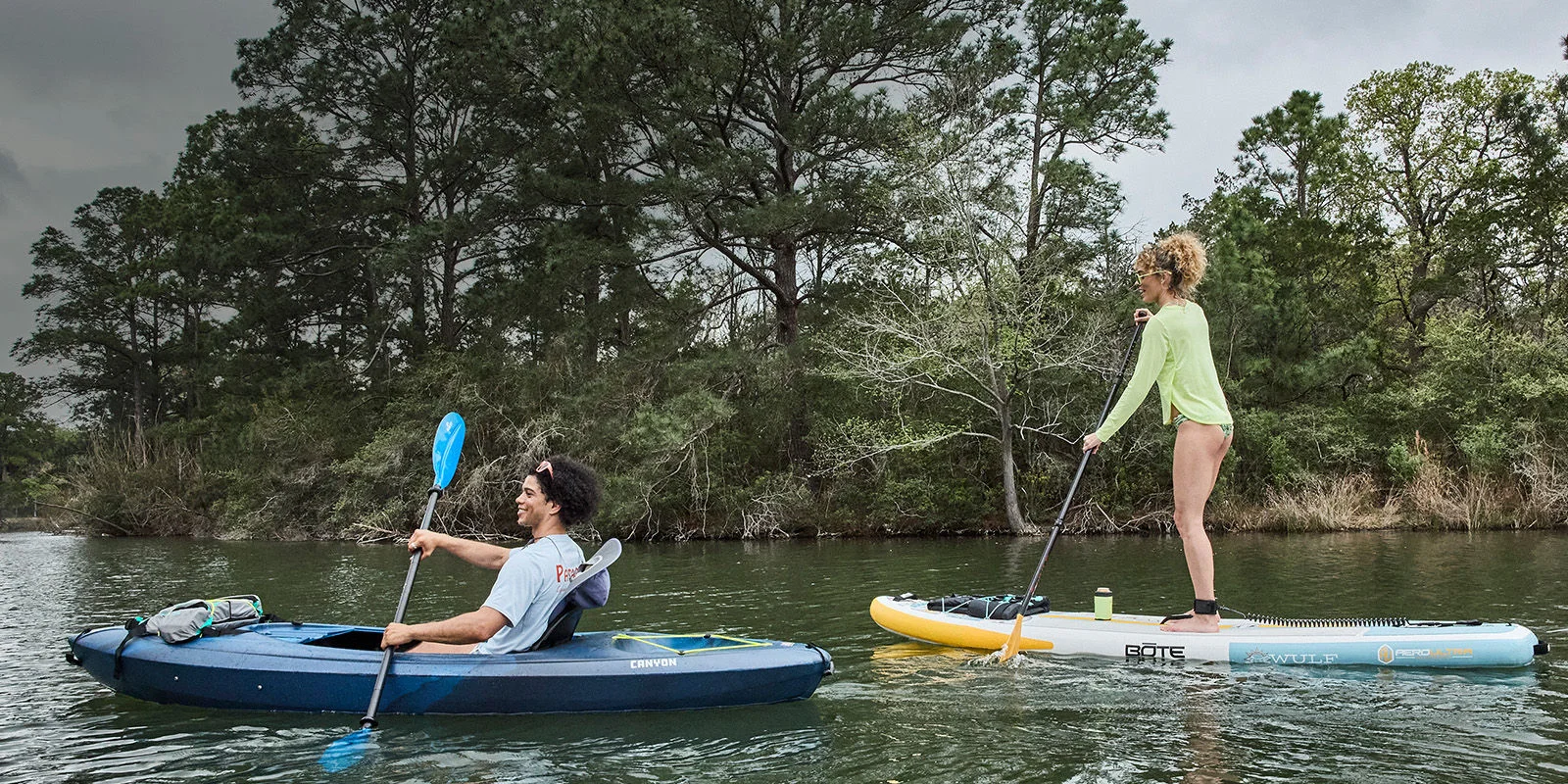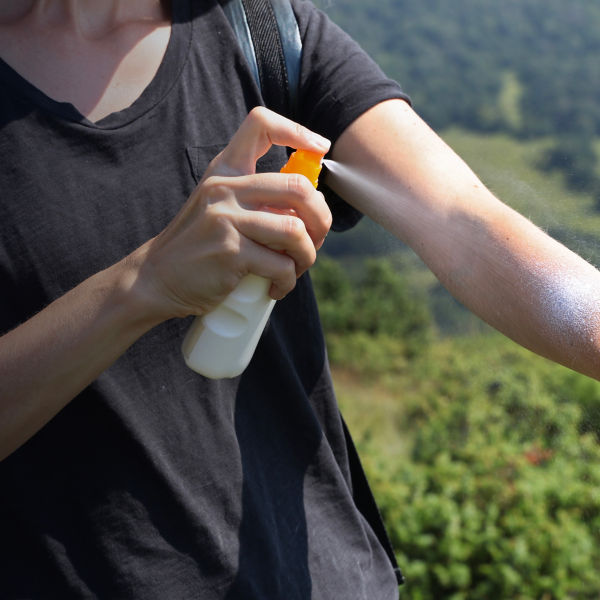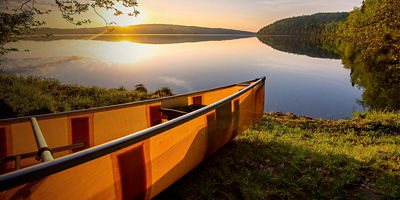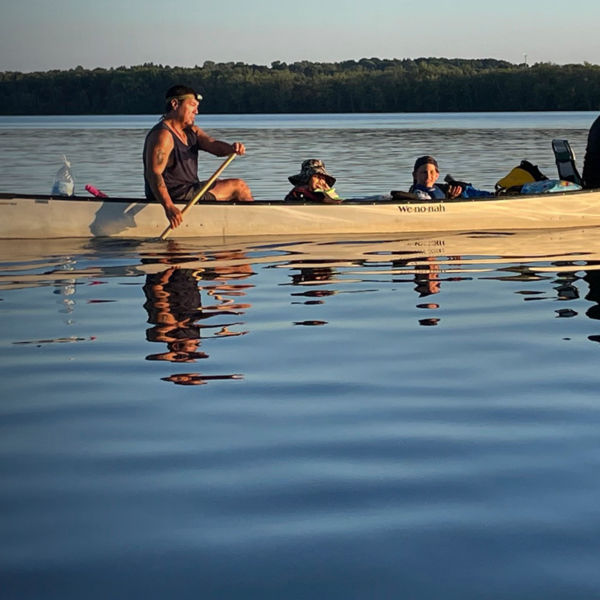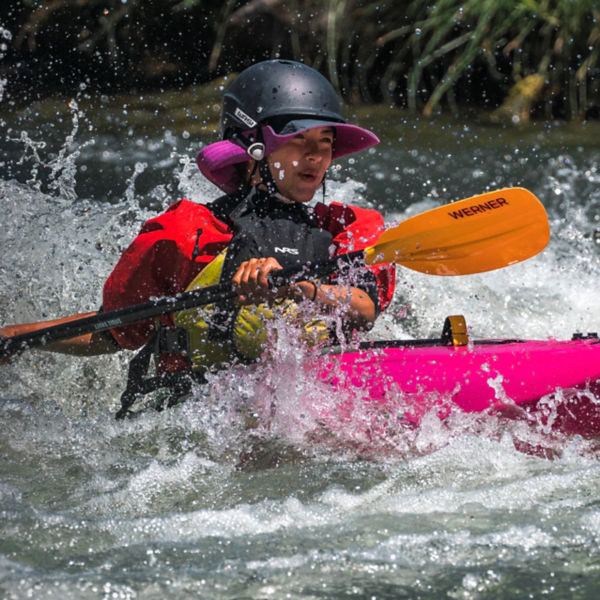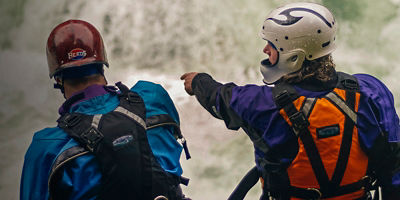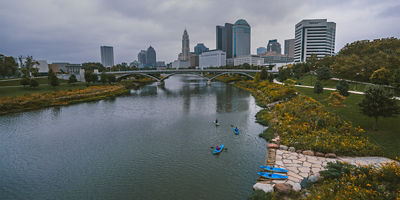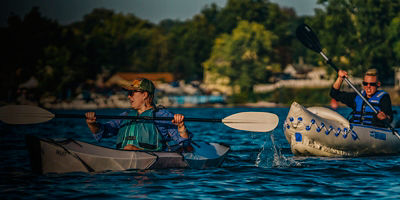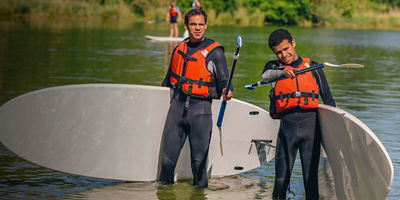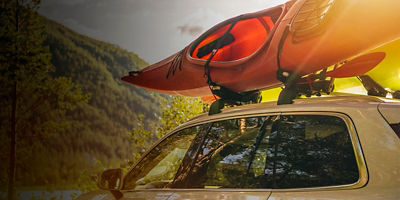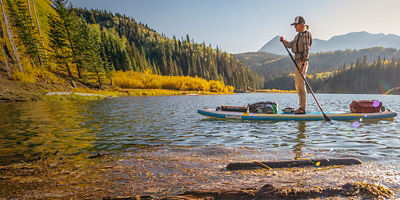
HOW TO CHOOSE THE RIGHT SUP PADDLE
SUP PADDLE SIZES
Ranging from small to extra-large, differently-sized paddles provide different levels of support. Small blades require less effort to paddle but cover a smaller surface area, while large blades output more power and increase speed more efficiently. Keep in mind that small, medium and large paddles often directly correlate to the size of the rider.
Fixed length paddles are stiffer and best if you plan on doing one or two different things on the board but don't want or need to change up the length.
Adjustable paddles are less sturdy but provide more flexibility for multiple activities like touring, surfing or fitness paddling, without needing different paddles for each.
Shorter paddles are mostly used for surfing while longer paddles are ideal for racing. A quick way to determine the general paddle length you need is to take your height and add 8-10 inches.
SUP PADDLE MATERIALS
Like boards, paddles can be made from many different materials. For an inexpensive-yet-durable option, aluminum and plastic make a great starter paddle. They aren’t very stiff, but they work well for leisurely rides.
Carbon fiber and fiberglass paddles are lightweight and stiff, making them better at transferring your strokes into power. However, these paddles tend to carry a slightly higher price tag than their counterparts.
Wood, though aesthetically pleasing, is often expensive and heavier. They’re not for everyone, but wood paddles are classic (especially if you want to go back to the roots of how paddling began).
SUP PADDLES BLADES & OFFSET
The blade is the part of the paddle submerged during a stroke, and its size, shape and offset can influence your performance on the water.
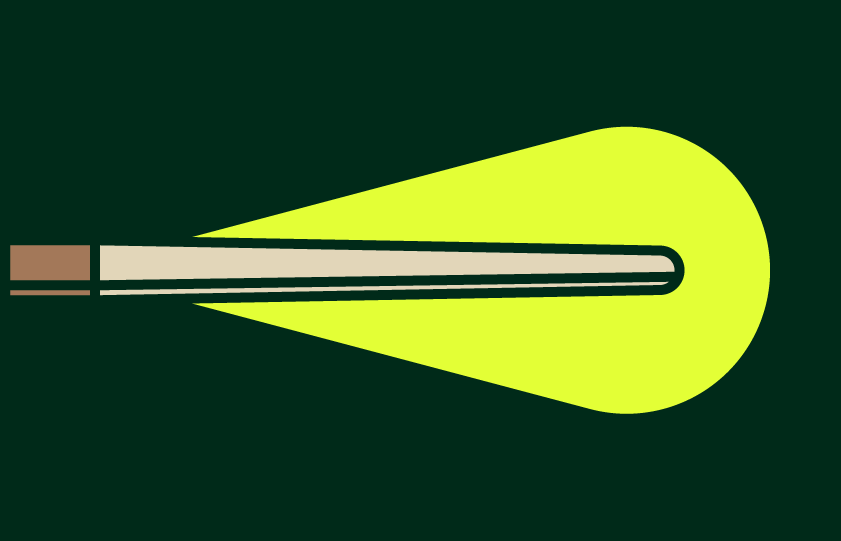
Tear-drop shaped blades create more power with each stroke. The thinner blade tip slices into the water quickly and has a wider contact area across the paddle, allowing you to push forward farther.
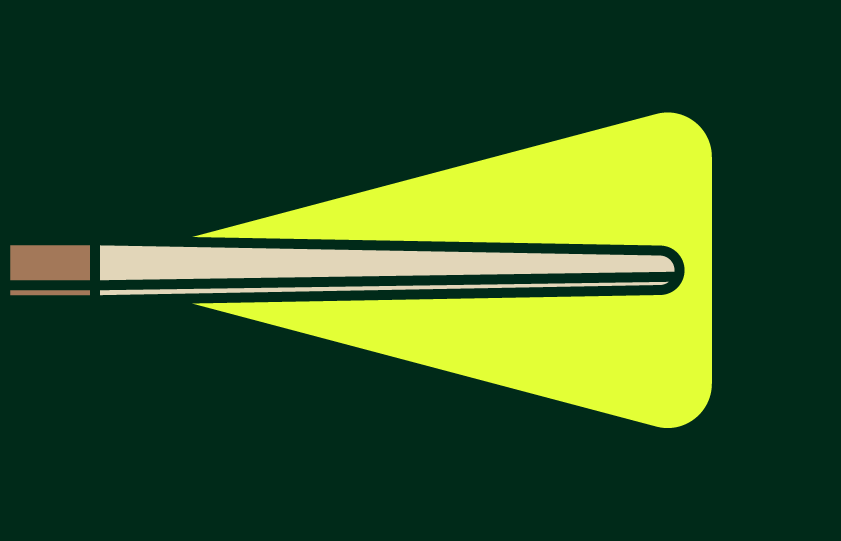
Rectangular shaped blades, or other similarly box-shaped blades, are generally gentler on your body. Their thinner contact area doesn’t push as much water with each stroke, encouraging smooth movements and making paddling easier over long periods of time.
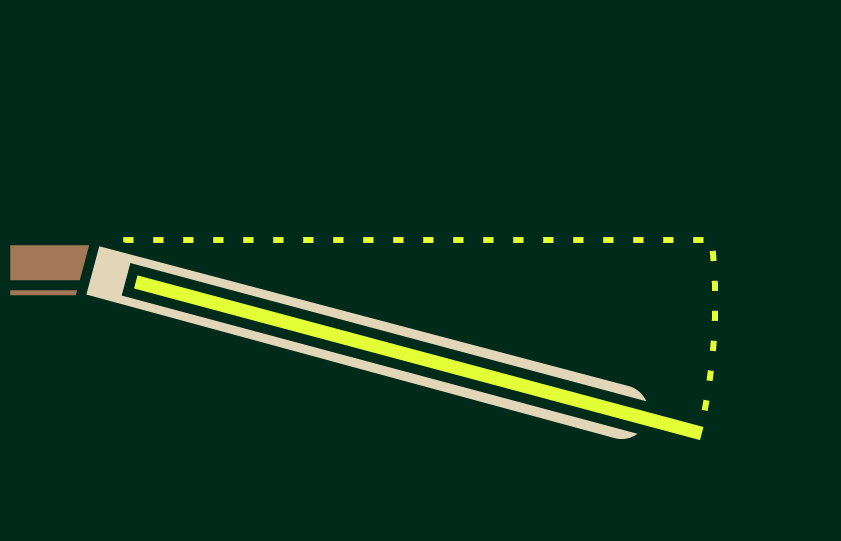
Offset refers to the angle at which the blade curves. Angles give you more power per stroke, conserving energy and increasing the distance you’re able to cover. Surfing is best with a 7-degree angle, all-around use sits well at 10 degrees and racing thrives at 12 degrees.
GET OUT THERE
While a paddle is definitely important, you can’t use it all by itself. Ready to find the perfect SUP and get out on the water? Start here.
Explore these Collections from Public Lands
More Stories
-
Love paddling, but find it a challenge to store and transport a full-size kayak? Good news: You live in the golden
-
How To Choose the Best Sunscreen
From SPF ratings to safe and unsafe ingredients, here’s what you need to know to stay safe in prolonged, mid-day su -
Saving Minnesota's Boundary Waters
Home to 20% of the freshwater in the entire national forest system, these Boundary Waters are vital to protect in -
How Hickory Edwards Uses Paddling to Unite People with Waterways
How Hickory Edwards is reconnecting traditional water trails from the Onondaga Nation to restore ancient knowledge -
Empowering River Protectors
How Paul Robert Wolf Wilson is creating the next generation of river runners (and advocates), using whitewater padd -
How to Read a River for Kayaking
Here are a few tips for reading water and safely navigating the current downriver. -
Flatwater Kayaking
Follow this guide and we’ll help you determine which type of boat is right for you, and how to get started. -
Paddling the Columbus Scioto Mile
It’s the Columbus equivalent of a boat ride on the Seine in Paris, past Notre Dame and the Louvre. Sort of. There’s -
5 Things To Do in Allegheny Land Trust Green Spaces
Finding new land to protect, especially anywhere int eh Easter U.S., is no easy task. -
What Type of Wetsuits are Best for Kayaking and Paddleboarding
Overwhelmed by the numbers? We've simplified wetsuit thickness and where to start when deciding what type of wetsui -
Canoe and Kayak Car Rack Guide
Unless you live directly on the only body of water that you ever plan to paddle, you need a good way to transport y -
How to Buy The Right Standup Paddleboard
Narrowing down your on-water needs will simplify your choices and help you find the best board, whether it’s a flat

